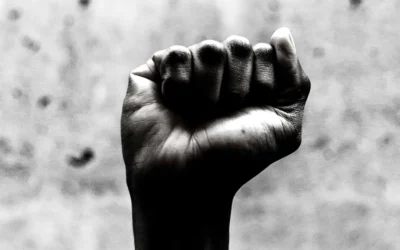Shining a Light on Homelessness and Sexual Violence
April is Sexual Assault Awareness Month, making it the perfect time to shine a light on the link between homelessness and sexual violence. Homelessness places women, men, children, and teens at risk of sexual violence. For many victims, sexual violence can lead to homelessness or substandard housing. Many victims have to make impossible decisions: stay where they are and endure sexual abuse or run away, live on the streets, and face further victimization. Individuals cannot begin to heal from sexual violence if their basic needs, such as housing, are unmet.
Homeless Individuals and Barriers to Receive Help
Individuals who are both homeless and victims of sexual violence face significant barriers when trying to access services. Many homeless victims of rape go without the critical services they need due to:
· Incapacities as a result of mental illness, addiction, or trauma
· Lack of information about services
· Lack of health insurance
· Lack of reliable and affordable transportation
· Lack of safety to pursue services
· Double social stigma attached to sexual violence and homelessness
· Competing demands on time and resources
· Fear of deportation or punishment
· Language barriers
· Lack of culturally sensitive services
When trying to meet the requirements and demands of many systems simultaneously, victims experiencing homelessness can be overwhelmed and are likely to give up. The courts may mandate drug and alcohol treatment. Child protective services may require the victim to find safe housing for his or her children. The welfare system may place more stringent work requirements and limitations on the victim without providing adequate childcare dollars. Drug and alcohol treatment may require the victim to attend intensive therapy three times a week for the better part of the day. All of these factors leave many victims without the time and resources they need to heal from sexual violence.
How Crisis Centers Can Meet the Needs of Victims Who Are Homeless
Sexual violence and rape crisis centers must cater to the needs of homeless individuals in order to best serve the largest population of individuals who need their services. To do so, shelters and crisis centers can:
· Collaborate with local homeless providers, public assistance personnel, faith communities, veteran service providers, substance abuse providers, and other community allies.
· Educate the community about the link between homelessness and sexual violence.
· Advocate for public policy changes.
· Advocate on behalf of homeless victims across systems.
· Engage in cross-trainings with local homeless providers.
· Create media campaigns that reach individuals across literacy levels.
· Canvass streets with flyers/brochures, post flyers/brochures in churches, community centers, food pantries, homeless shelters, public assistance offices, emergency departments, drug and alcohol treatment centers, counseling/mental health centers, etc.
· Provide information about sexual assault services to residents and staff of homeless shelters, participants of food stamps and other public assistance programs and recipients of food pantry services.
· Provide services in homeless shelters or other areas accessible to individuals who are both homeless and victims of sexual violence.
· Advocate for the housing and other basic needs of victims you serve by asking what their needs are and assisting them in accessing resources.









